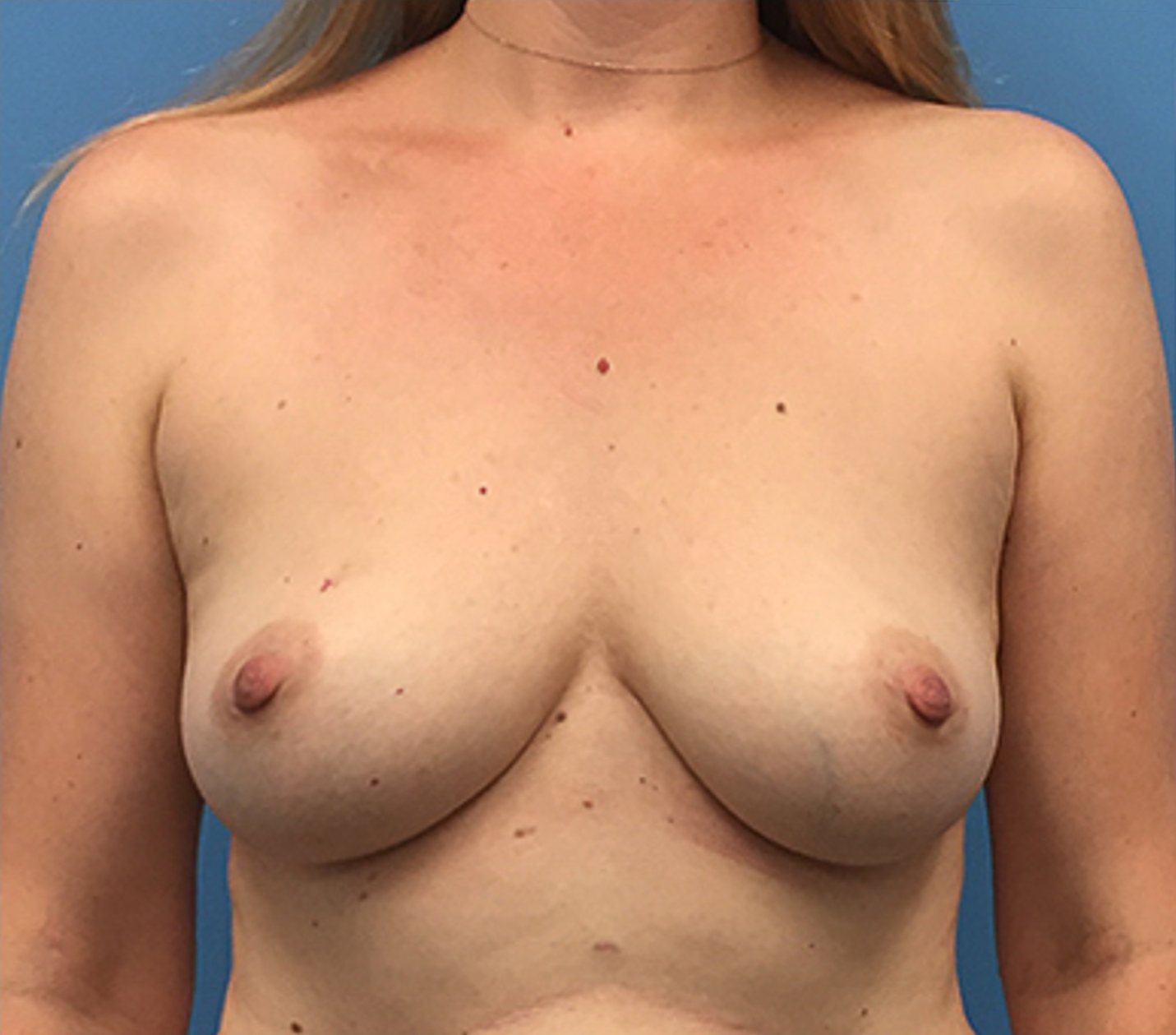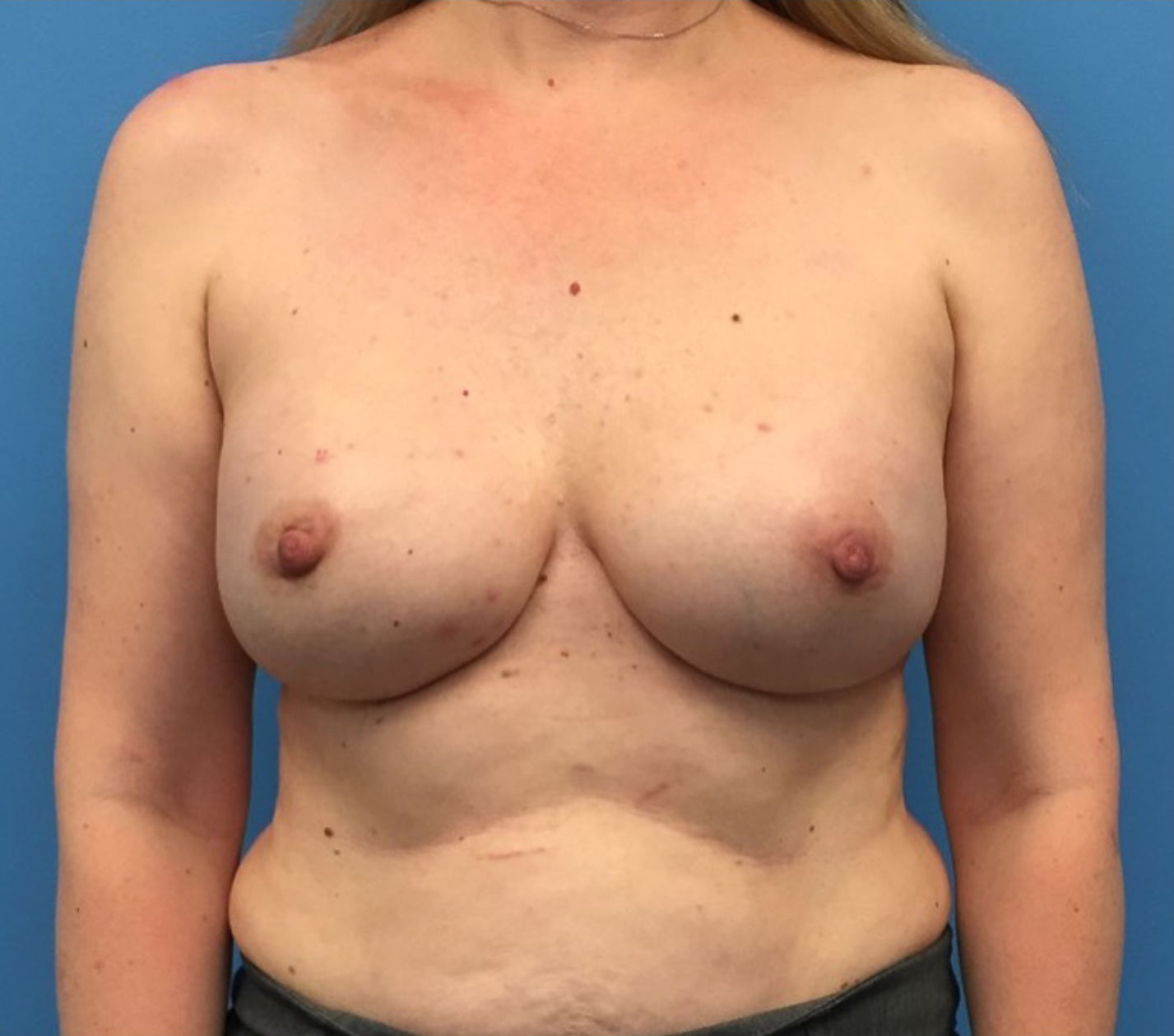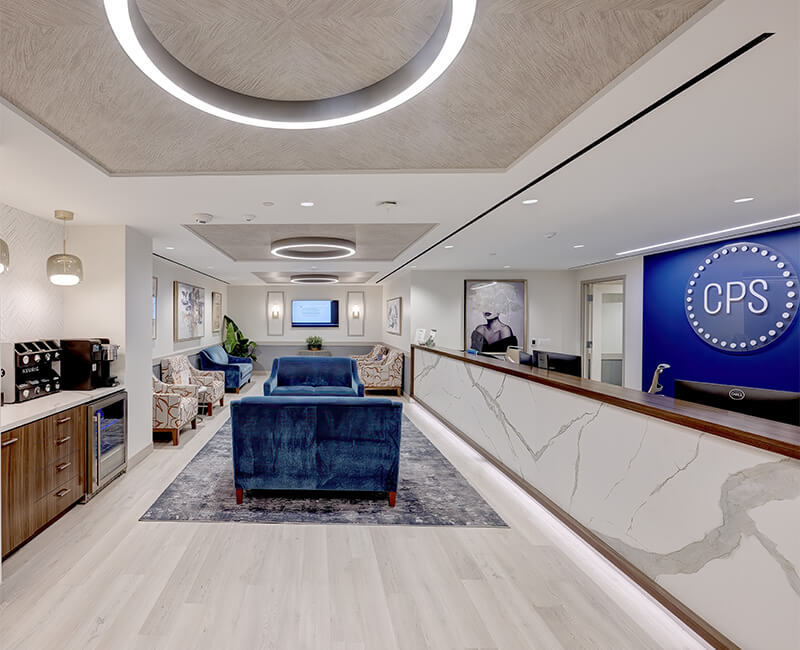We are proud to have two breast reconstruction specialists on our surgical team at Center for Plastic Surgery. Dr. Samir Rao is experienced in multiple breast reconstruction techniques, including advanced prosthetic breast reconstruction using tissue expanders and implants, microsurgical breast reconstruction using the body’s own tissue, and oncoplastic surgery. Before joining Center for Plastic Surgery, Dr. Rao trained alongside internationally renowned breast reconstruction surgeons at Georgetown University Hospital and completed additional training in microsurgery at the Curtis National Hand Center.
Dr. Frank Albino specializes in natural tissue breast reconstruction using microsurgical techniques, including DIEP Flap, muscle-sparing TRAM Flap, thigh flaps (TUG, PAP), SIEA Flap, and fat-grafting, as well as prosthetic breast reconstruction using implant/tissue expander and direct-to-implant techniques. A graduate of the highly prestigious Integrated Plastic Surgery Residency Program at Georgetown University Hospital, Dr. Albino completed an additional year of intensive Fellowship training in reconstructive microsurgery for the breast and body at the University of Pennsylvania. He has also authored numerous peer-reviewed publications incorporating his research on advancements in autologous breast reconstruction.






